
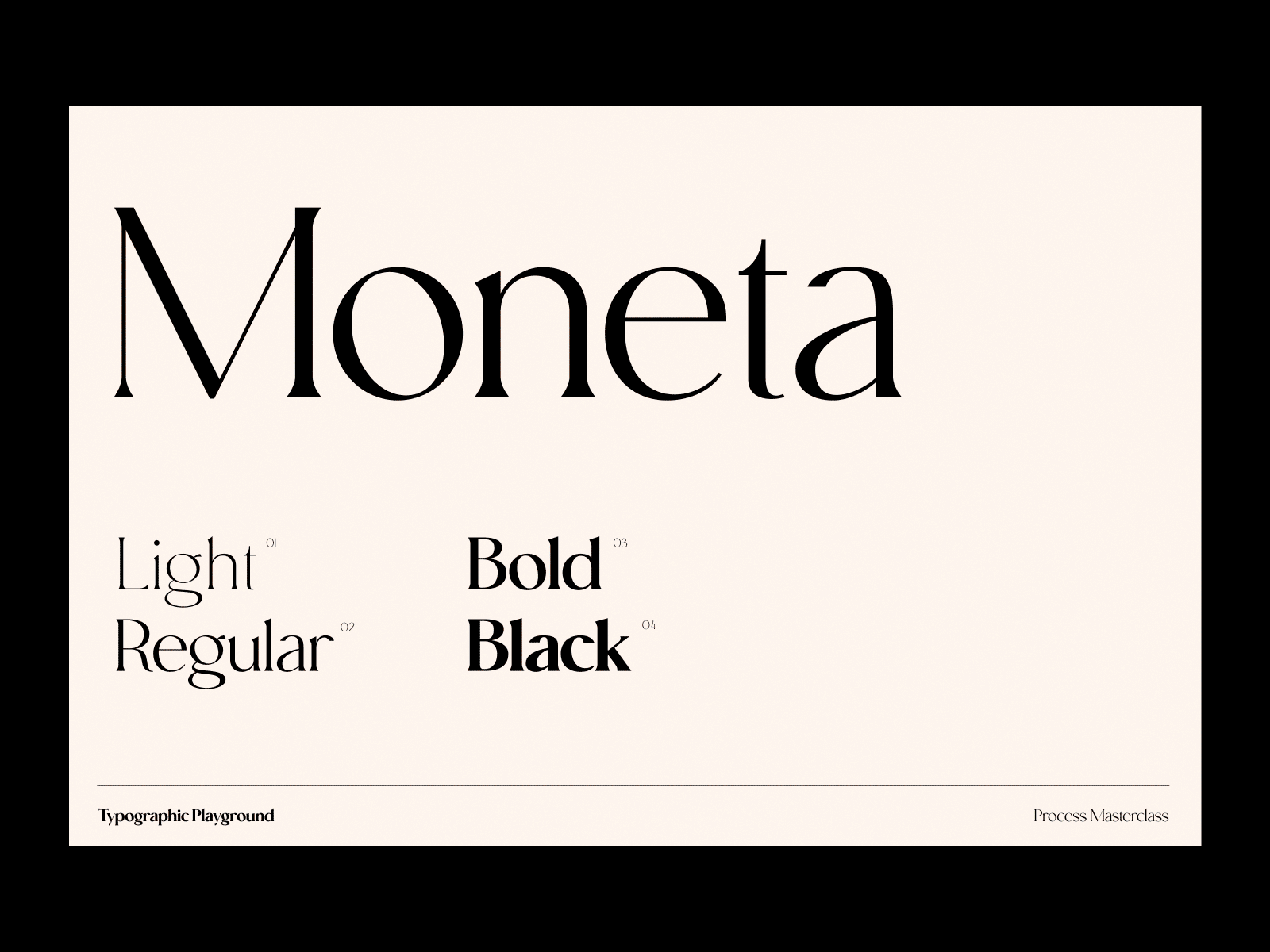
This is a no frills account on exactly how I got better at visual design over the last 10 years. Young designers and many people tend to ask “Nguyen, how the fuck do I get better?” Well maybe not the fuck part, I just added that for dramatic effect. But you get the idea. There’s always an urgency when people ask me that question. They want to get good as quickly as possible. So what are some tips that I would offer when it comes to the visual side of our work.
The truth is there really isn’t any secret formula that I used. No secret sauce or magic beans, I just showed up and did the work day in and day out for 10+ years. But that wouldn’t be of much value to you if I’d just told you that. So if I had to put it more concisely, and if I looked deeply this is how I progressed by following these 5 guiding principles. And I believe if you follow these principles and apply it often you will progress quite quick.
1. Develop an eye and taste for good visual design
They say you are the product of your influences, so start to develop an eye for good visual design and get good influences! Early on I had great mentors who I worked with, who really helped my eye and appreciation for good visual design. They opened the door to this other world of inspiration that I'd never been exposed to. Great designers, great agencies, great work, design history and a catalogue of books and references.
Your taste and benchmark for what's good is what sets you apart and can elevate your work further. You need to train your eye and raise your standards. The best way is to work under a mentor or mentors. That feedback loop is invaluable, because they help you to notice details that were invisible to you before.
If you don’t have access to a mentor. Start curating and absorbing as much as you can with what’s out there. Save websites, apps, images, books and start creating your own visual library and catalogue. Culture is also a big player in taste, so go deep on your areas of interest and see how design is in that subculture. ie. You might be into tennis culture, basketball culture, street wear culture, food culture etc.
Finally, keep raising your standards. I still feel like my work falls short 99.9% of the time, I’m always trying to get better and that’s coming from someone who is 10+ years in. I enjoy the process and I keep working towards that ideal. It’s fun and I find the process rewarding.
“Nobody tells this to people who are beginners, I wish someone told me. All of us who do creative work, we get into it because we have good taste. But there is this gap. For the first couple years you make stuff, it’s just not that good. It’s trying to be good, it has potential, but it’s not. But your taste, the thing that got you into the game, is still killer. And your taste is why your work disappoints you.
A lot of people never get past this phase, they quit. Most people I know who do interesting, creative work went through years of this. We know our work doesn’t have this special thing that we want it to have. We all go through this.
And if you are just starting out or you are still in this phase, you gotta know its normal and the most important thing you can do is do a lot of work. Put yourself on a deadline so that every week you will finish one story. It is only by going through a volume of work that you will close that gap, and your work will be as good as your ambitions. And I took longer to figure out how to do this than anyone I’ve ever met. It’s gonna take awhile. It’s normal to take awhile. You’ve just gotta fight your way through.”
IRA GLASS
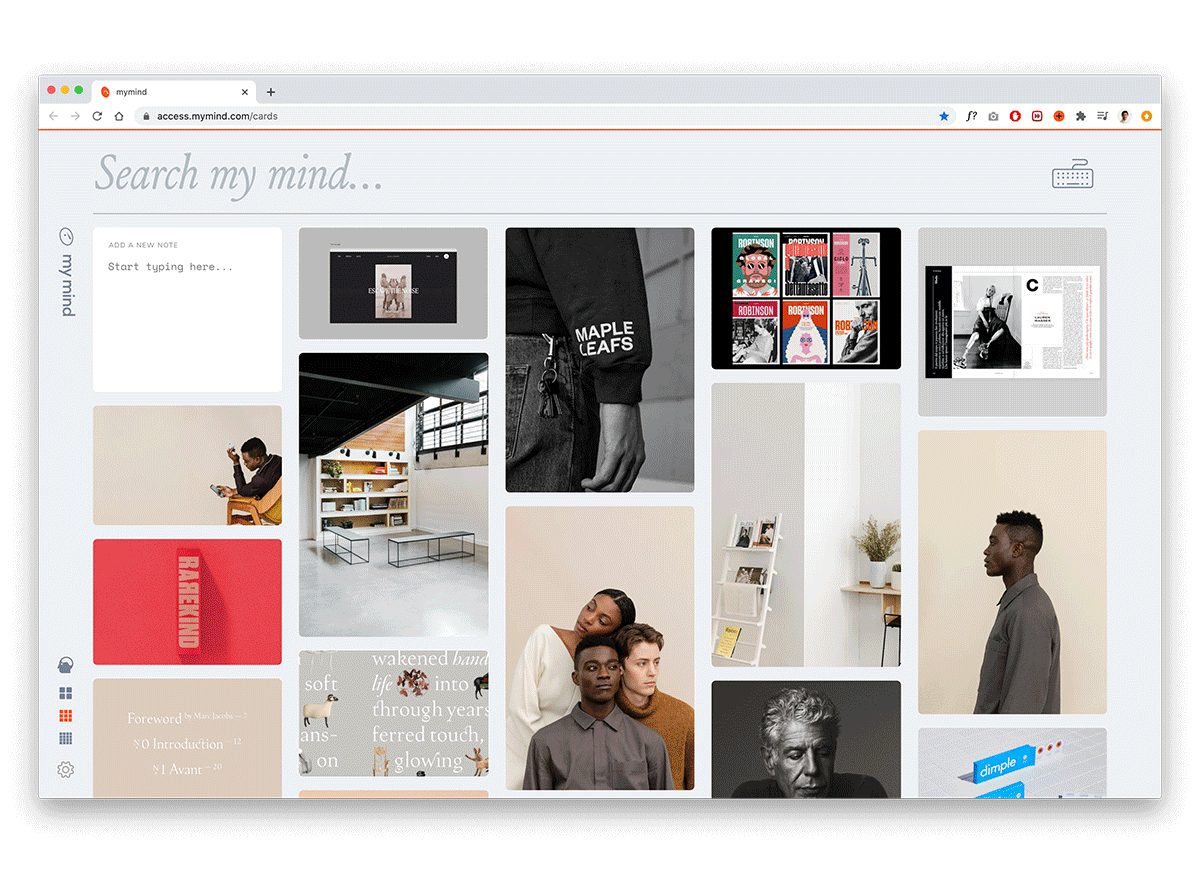
2. Learn by copying
They say everything's a remix and I totally agree. I learnt a ton by copying and reconstructing work I admired in my spare time. I think you can learn a lot by copying, by actively creating and remaking things you are internalising a process. You start to understand perhaps on an intuitive level how great designers piece things together. I copy to learn and to build from. And coupled with good taste you will start to develop a feel for what you want to make. Once the right problem comes along you’ll have a catalogue of styles and approaches that you can use to solve a particular problem. Remember though use copying as a learning tool and not for plagiarism. There’s a fine line.
3. Put in the hours to practice, learn the fundamentals and experiment
You are only as good as the hours and the reps that you put in. You may have the eye for things, but you need to know how to execute.
Case in point: If you are right handed, try and pick up a ball and throw it with your left hand. If you have something else laying around try throwing that. First try with your dominant hand and then your weak hand. You’ll notice the huge discrepancy. In your mind you know what the mechanics are, you know what you need to do, but if you actually tried you’d know the ball/objective wouldn’t go very far compared to if we threw it with our dominant hands. That is the huge difference between ‘knowing’ what to do, vs. the experience and reps needed to get good at something. And being able to ‘execute’ on what you ‘know’.
So for visual design you might have the taste, but like Ira Glass says you need to close that gap. You need to put in the hours to make things. Play around with type, colors, images, grids, layout and interaction ideas. Nothing beats deliberate practice. Reps build expertise. Take the time to read, take courses and learn the fundamentals. Practicing only when inspiration strikes is for amateurs. Set up a healthy routine to practice consistently. This will compound your efforts.
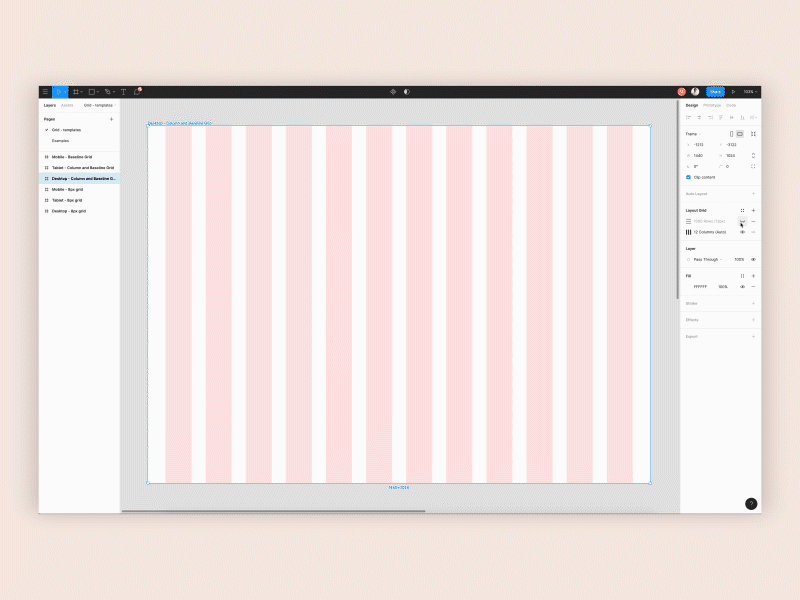
4. Apply what you've learnt on real projects
Practice is all well and good. And it’s great for the pie in the sky type stuff. But you need to be real world ready. You need to be ready for the big league. That’s when you can contribute the most and when you will be tested for your ability to create and design against tight timeframes and more restrictions. When we practice it is our opportunity to express ourselves visually and have more free reign. When we work on commercial projects it tests our ability to give meaning to information.
- How can we create structure and hierarchy?
- Tell stories visually?
- Evoke emotion with our work?
- Create beauty and value for users and businesses?
You work needs to be able to achieve certain goals and outcomes. For your work to be valuable it needs to have feedback loops from the people you will effect. Being able to connect disparate pieces of data and give meaning to information visually takes a ton of skill. It takes the ability to adapt and execute on great visual design in a fast paced environment and with restrictive briefs. This builds your match readiness and your ability to deliver something out of nothing when you are called upon. Do a lot of real projects!
5. Make it your own
After a few years you will begin to have your own approach, based on all your cumulative experience. When you start to amalgamate all of your inspiration, taste, experience, practice, repetitions and real world projects. You start to find your own approach. You have patterns of play in your head and you start to carve your own identity as a designer. This is where you can really own it and make it your own. Start to define your own truths and play to your strengths. It’s important to start owning a process for outputting beautiful visual design. Start doing work that is unique to you.
“It’s my failure to sound like my heroes that’s allowed me to sound like myself.”
JOHN MAYER
As a caveat – first and foremost I believe you must have the desire to get better, that motivation and almost an unrelenting and competitive drive to continually want to improve is necessary. It’s critical. You can call it passion, you can call it ambition but for me it was just called having fun. I enjoyed working, I enjoyed admiring designs, I enjoyed the work of other designers and I enjoyed seeing the gradual improvements come overtime. It was almost addictive. And since I dislike most of my work and am always trying to get to that ideal. I just keep trying, even til this day I just keep trying. You have to have that passion and fire in your belly. That is the blueprint I used, is not a tactic, or even a direct step by step how to guide, but a set of guiding principles.
So a recap on how you can improve your visual design skills
- Develop an eye and taste for good design
- Learn by copying
- Put in the hours to practice, learn the fundamentals and experiment
- Apply what you’ve learnt on real projects
- Make it your own
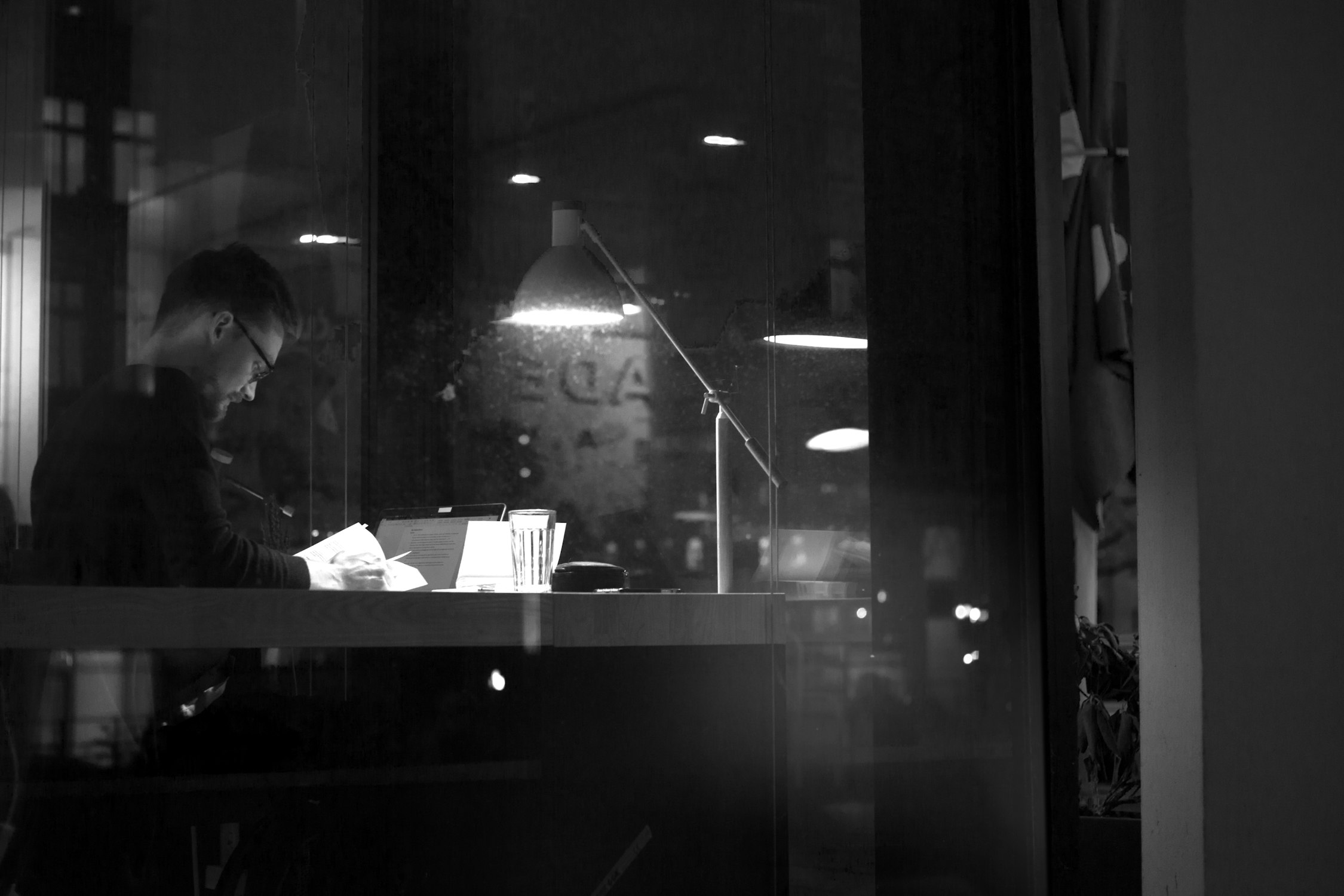
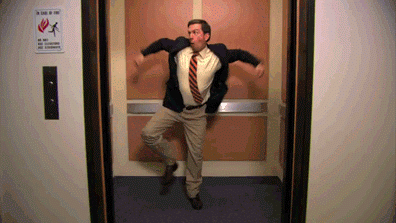
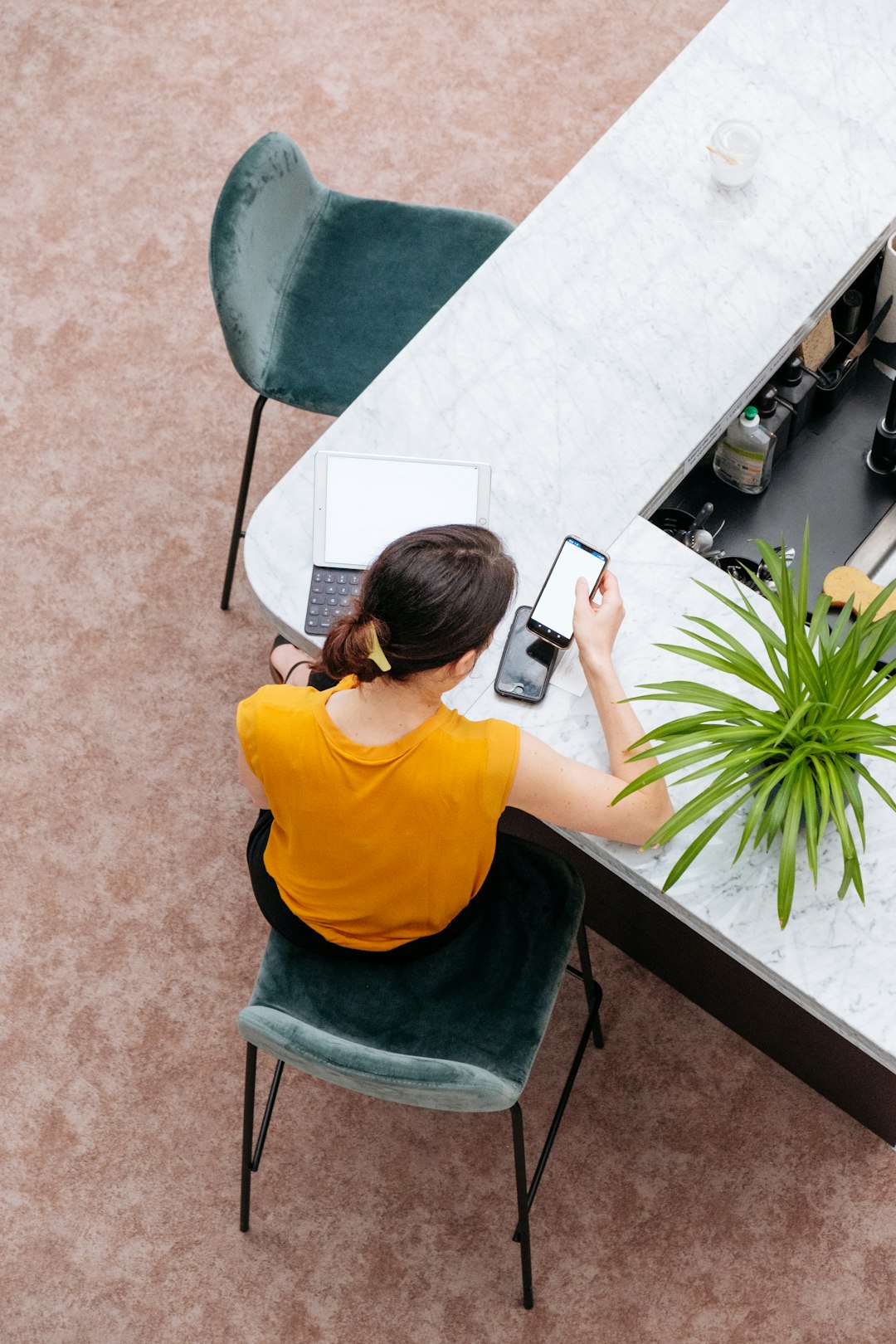



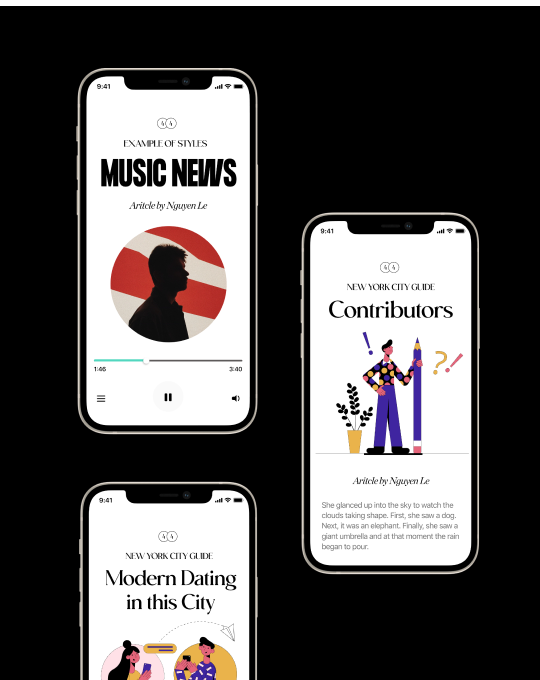


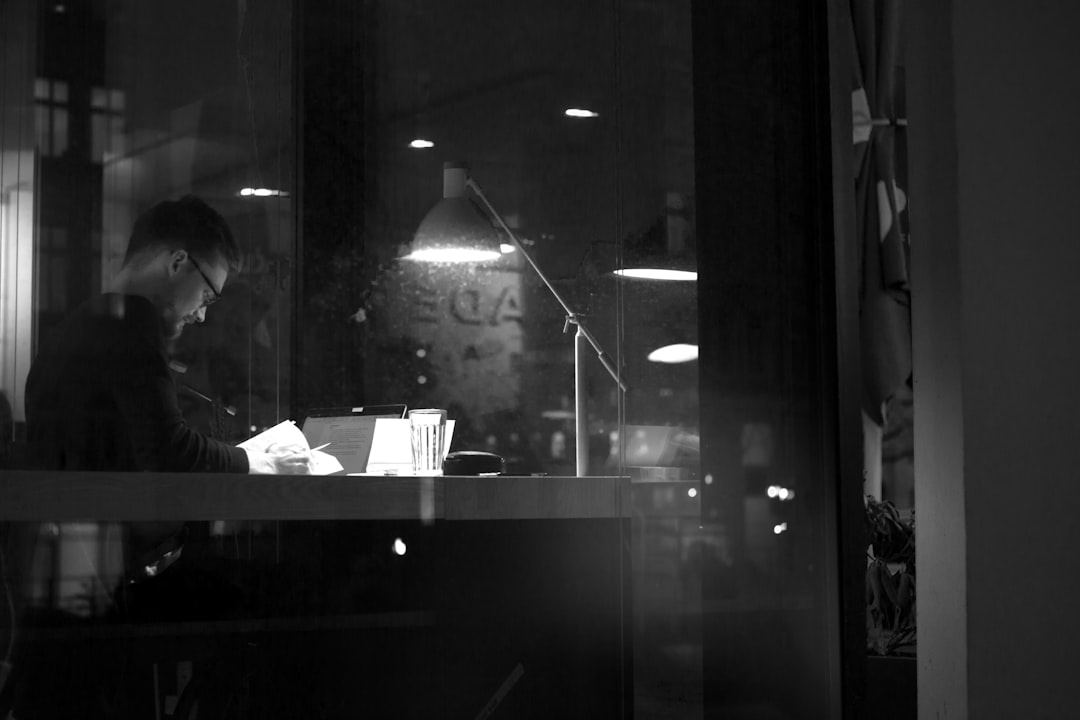


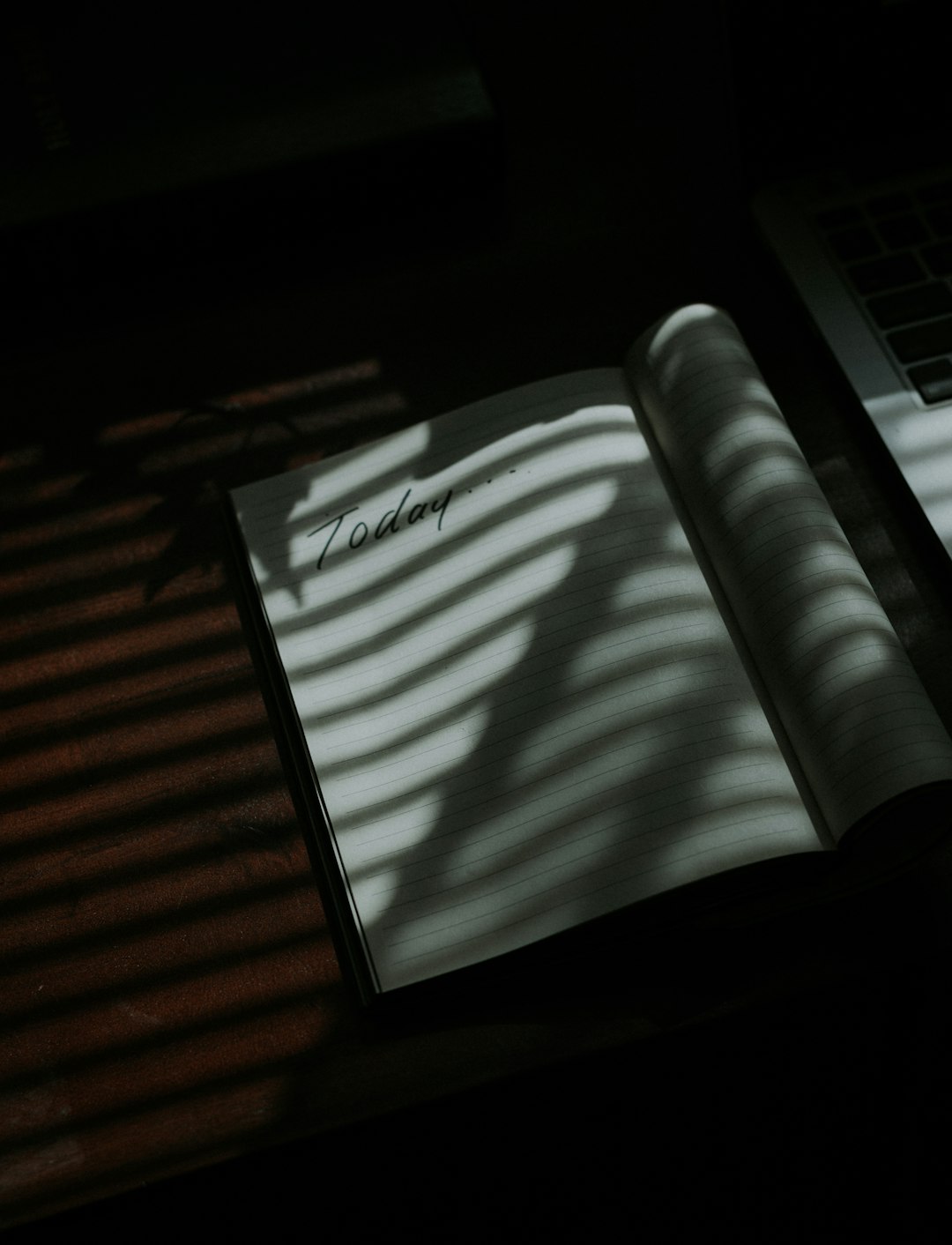
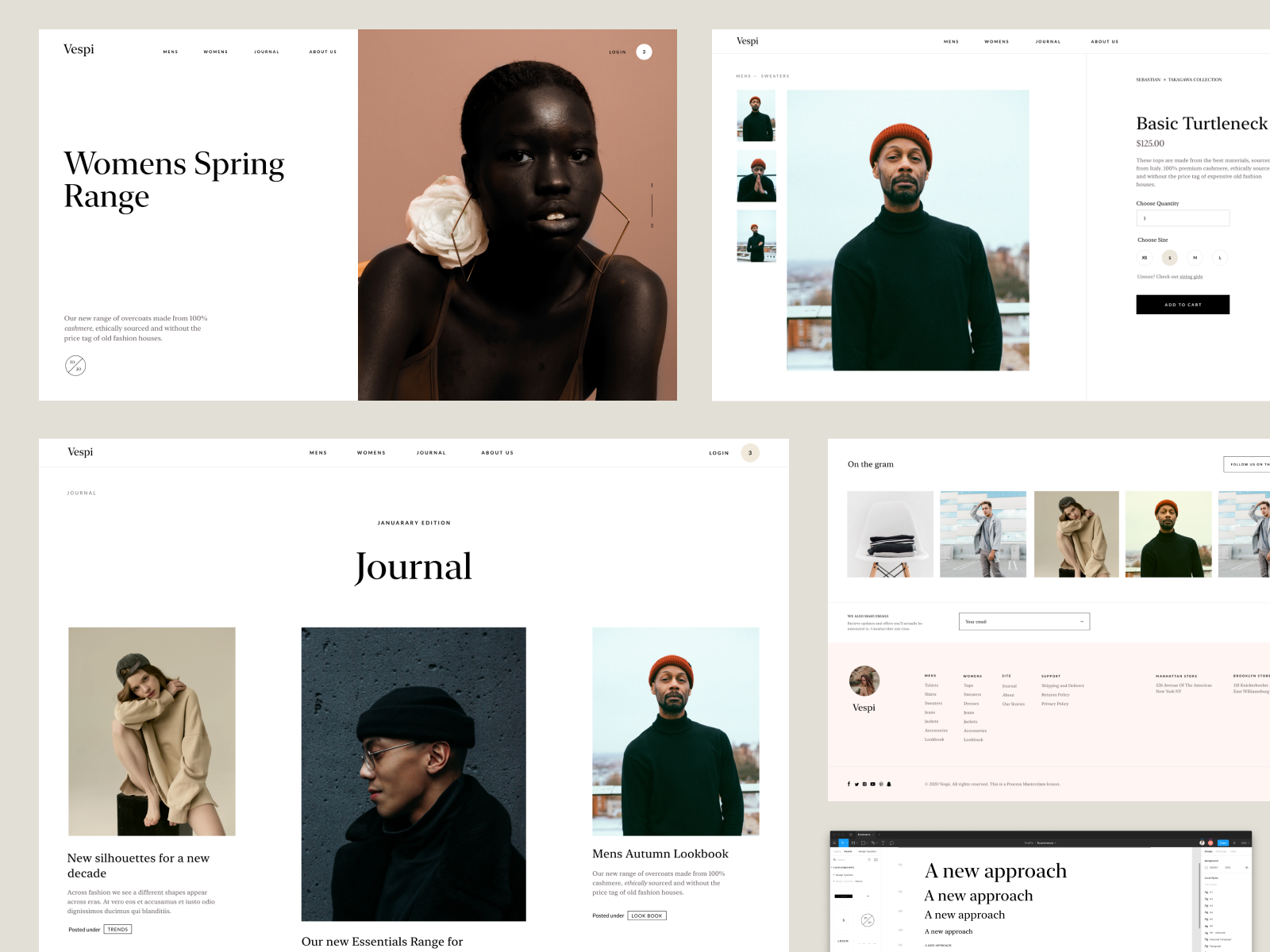

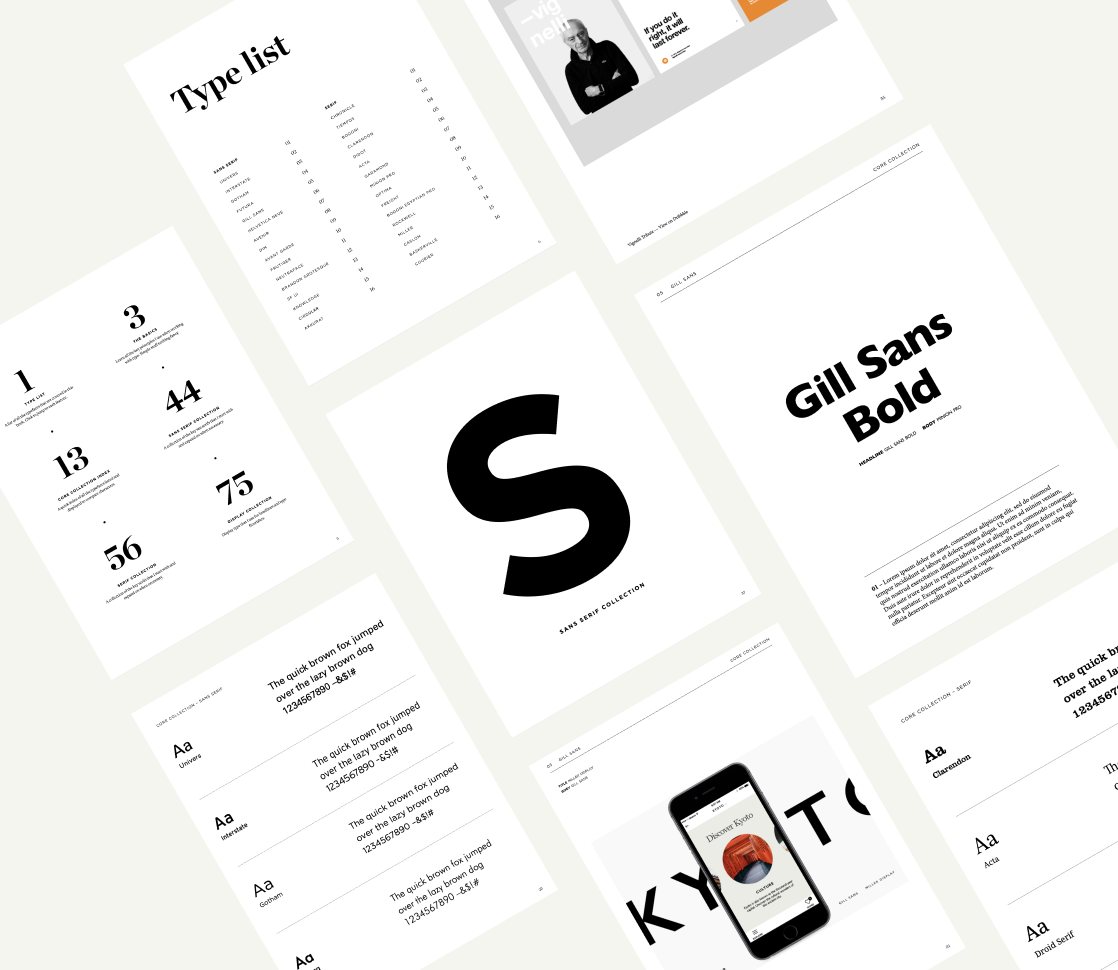
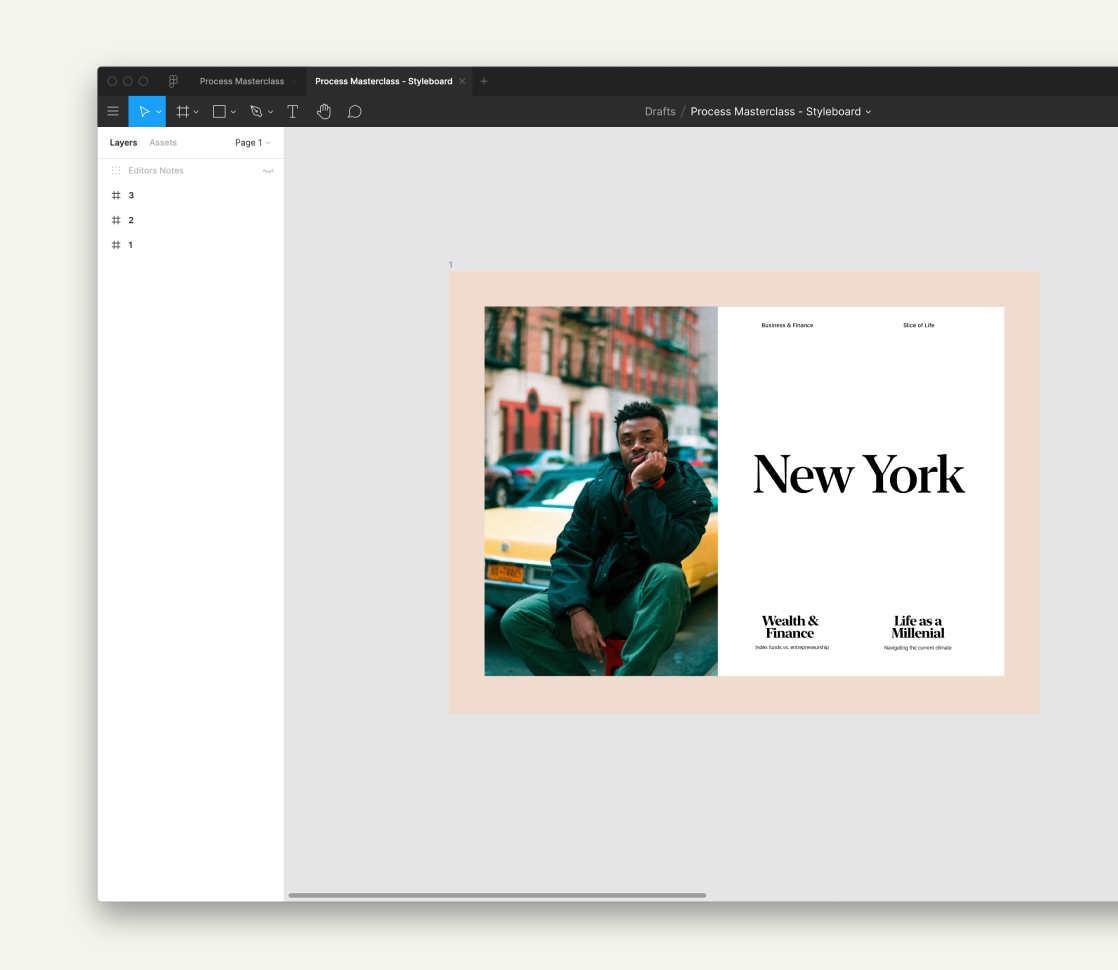
No Comments.